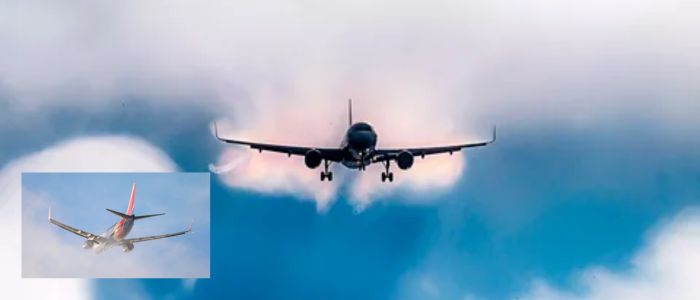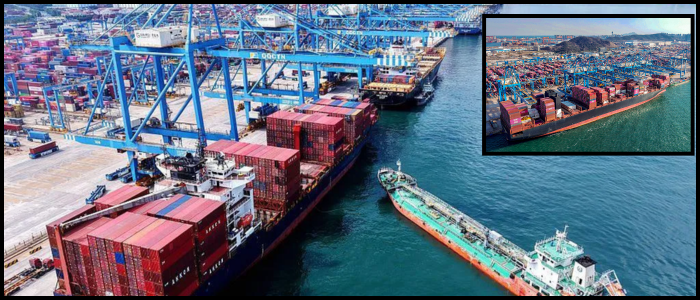A chaos ensued, passengers said, with one reporting "blood on the ceiling." In a separate incident earlier in that year, a United Airlines 787 was flying over the Philippines when a crewmember was injured after experiencing the same conditions.
Those are just a few examples of how turbulence is emerging as an increasing problem for air travel worldwide.
There's a 55% increase in incidents of severe clear-air turbulence (CAT), the kind that isn't shown on radar or satellite, since 1979, studies have shown. By the 2050s, turbulence is projected to triple globally, according to atmospheric scientist Paul Williams.
The worst-affected regions will be East Asia and the North Atlantic. Turbulence carries risk far beyond passenger discomfort and associated safety implications; the financial cost of the phenomenon — to both airline and environment — is equally significant, from damaged aircraft to longer flights from detours burning more fuel and emitting more carbon.
New tech aims to cushion the blow
New ways of enabling the flow of the propellant are also being developed to minimize turbulence, scientists and engineers say. In Austria, a firm named Turbulence Solutions has developed tiny "flaplets" that adhere to a plane's wings.
These smart instruments react to pressure changes in the surrounding air to keep the plane on track, acting much like birds do when they ruffle their feathers in flight.
Tests reveal these could reduce the effect of turbulence by more than 80%—though trials have only been carried out on small aircraft so far.
CEO Andras Galffy thinks we can use this technology on commercial jets.
Yet now there is new hope, too, with the aid of advanced math and artificial intelligence (AI). AI can sort through complicated airflow data patterns. Other researchers, like Ricardo Vinuesa of Sweden's KTH Royal Institute of Technology, are using deep reinforcement learning to train A.I. models to control "synthetic jets" that modify air movement over wings.
These systems have the potential to be more accurate than existing ones today and, utilizing explainable AI, to highlight in real time what inputs are most valuable.
Others have included joint ventures like that between Caltech and Nvidia, whose researchers tried using AI to predict turbulence for wind tunnel testing. NASA is in on the act, too, working on a set of microphones that can pick up sounds at low frequencies created by turbulence as far as 480 kilometers (300 miles) away.
Charting the Heavens and Looking Ahead
Among the most promising technologies is Lidar, which uses light to map the air around a plane in three dimensions — a technique similar to how self-driving cars get around.
A 2023 study from China presented a dual-wavelength Lidar system that could catch sight of moderate turbulence 7 to 10 kilometers out. Such, however, are too large and require too much power for use in commercial high-altitude flight.
For the time being, pilots have resources such as Graphical Turbulence Guidance (GTG), weather briefings, and jet stream charts in determining what they will encounter when they take off.
Paul Williams says accuracy has leapt from 60% two decades ago to roughly 75% now. Even so, he noted, access to aircraft-sourced turbulence data is scarce and pricey, which has the effect of slowing research.
The sharing of real-time data is expanding on platforms such as Turbulence Aware, a system developed by the International Air Transport Association (IATA) and now used by airlines including Air France, EasyJet and Aer Lingus. Passengers can also use turbulence prediction apps like Turbli that give clear warning forecasts like those used by pilots. And while useful, there are flight paths these apps may not accurately cover, experts say.
A new generation of safer, smarter flying
Thanks to AI, sensor technology, and the willingness of airlines to share data, the future of flying could end up even safer, more stable, and boring — even as climate change makes sure turbulence is here to stay.
In the meantime, airlines are doing what they can to catch up with the changing skies, and researchers are working hard to develop solutions that will make flying more tolerable.
Business

Aviation Tackles Growing Turbulence with Smart Technology

Rough air in the skies is on the rise, and it is shaping the aviation industry in unexpected ways. A couple of harrowing incidents have also given some pause, including a Singapore Airlines flight in 2024 that was battered by serious turbulence over southern Myanmar.















